If you’re involved in the international trade of jewellery sets, nailing down the correct HS code is a make-or-break step for smooth customs operations and cost-effective business strategies. This blog simplifies the complexities of classifying jewellery sets when trading from China to the US, providing actionable insights to avoid common pitfalls.
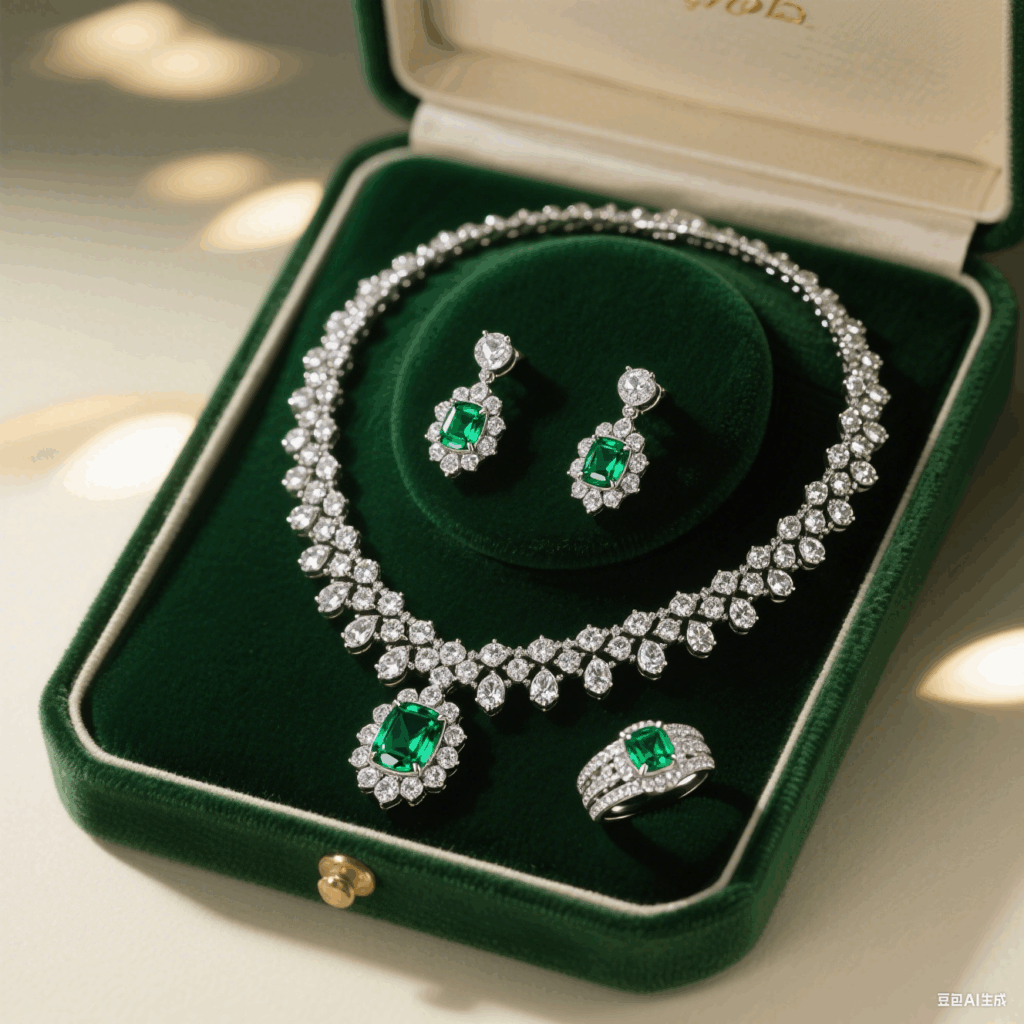
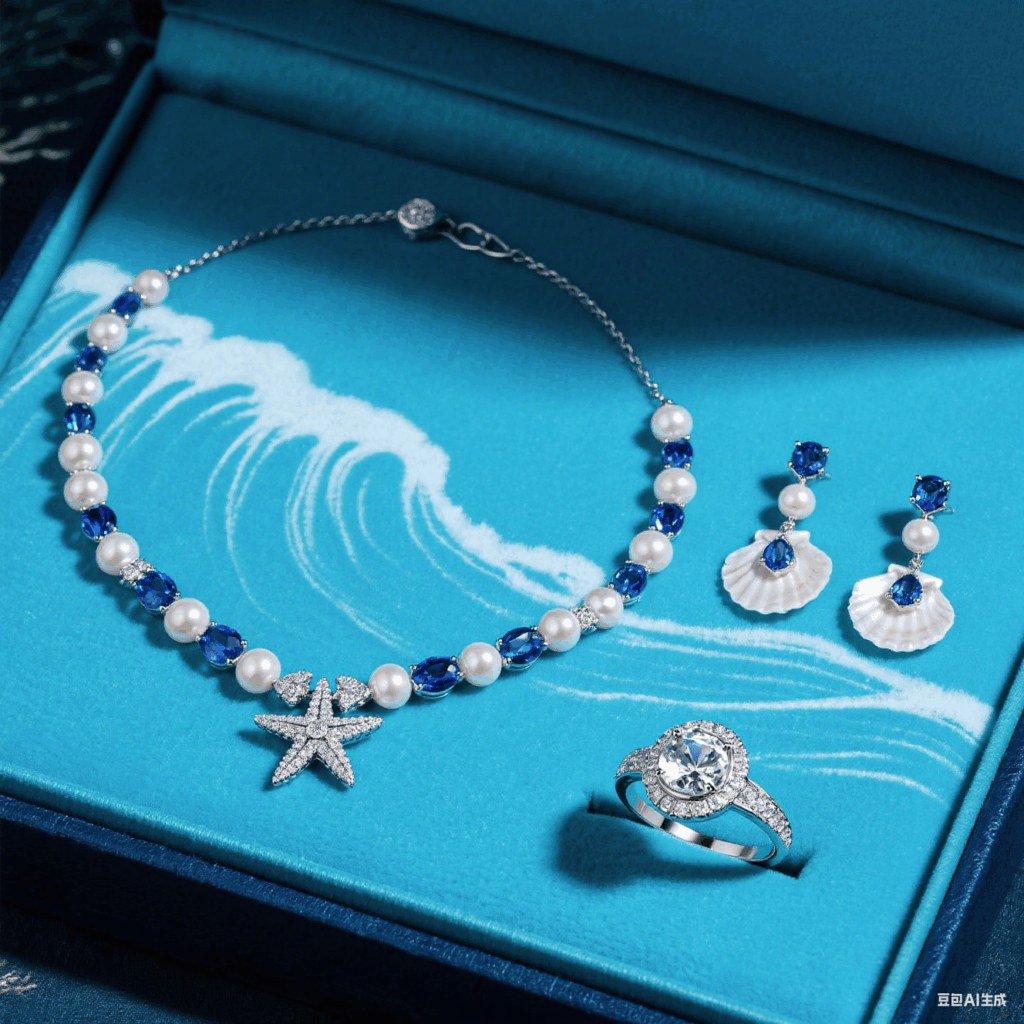
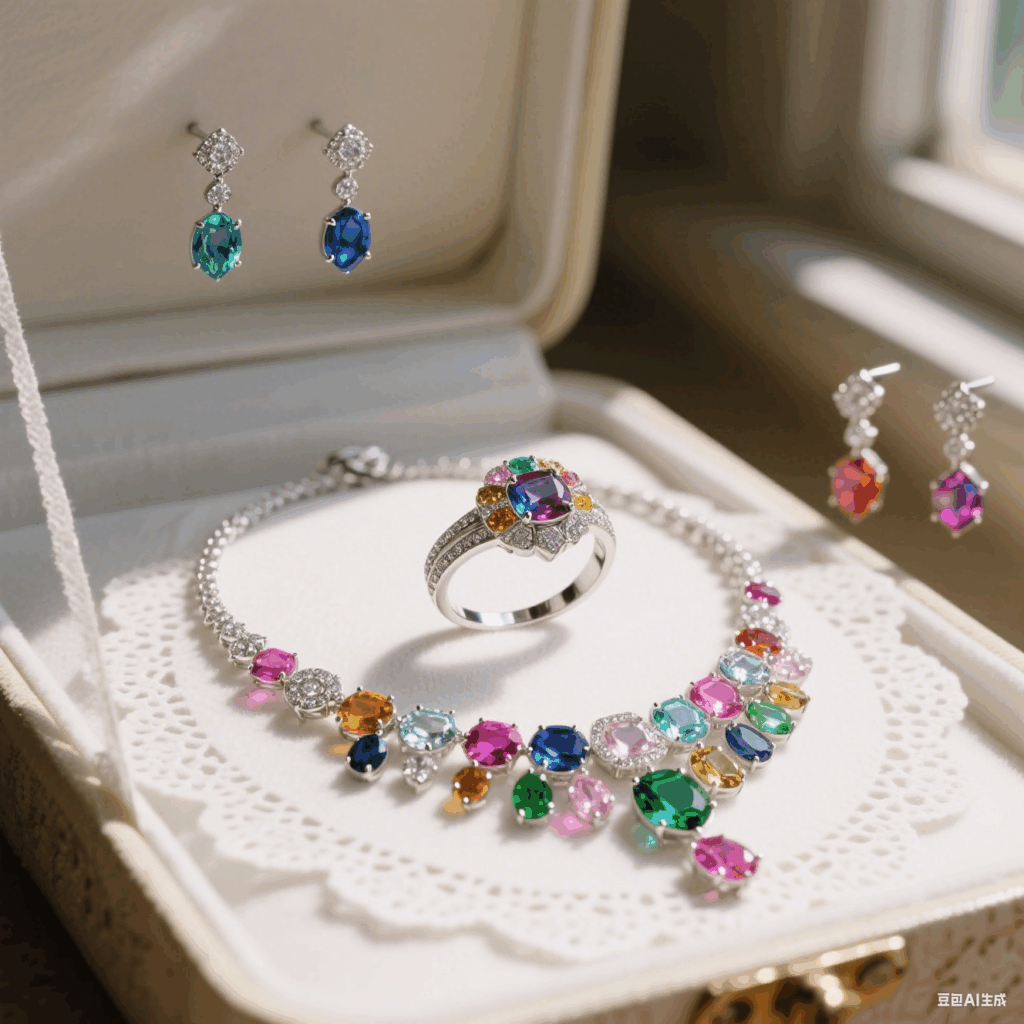
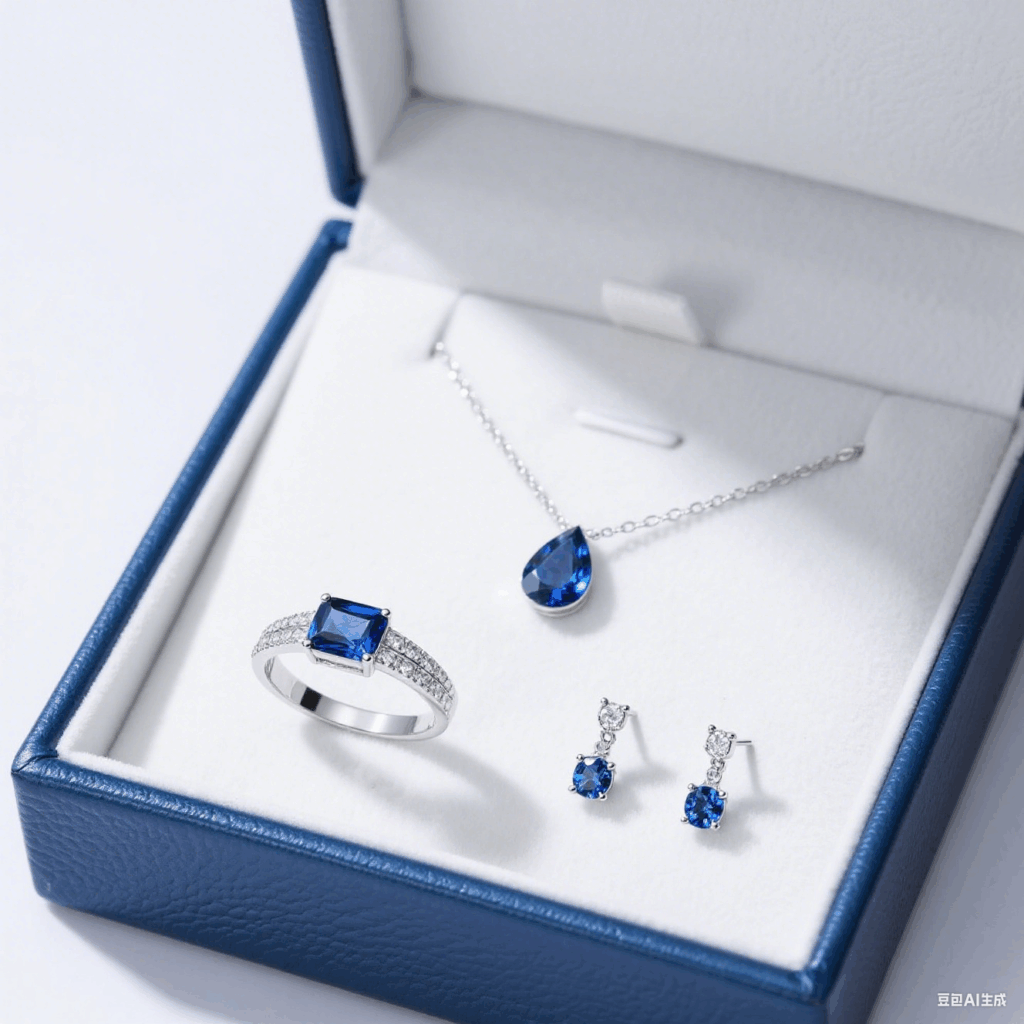
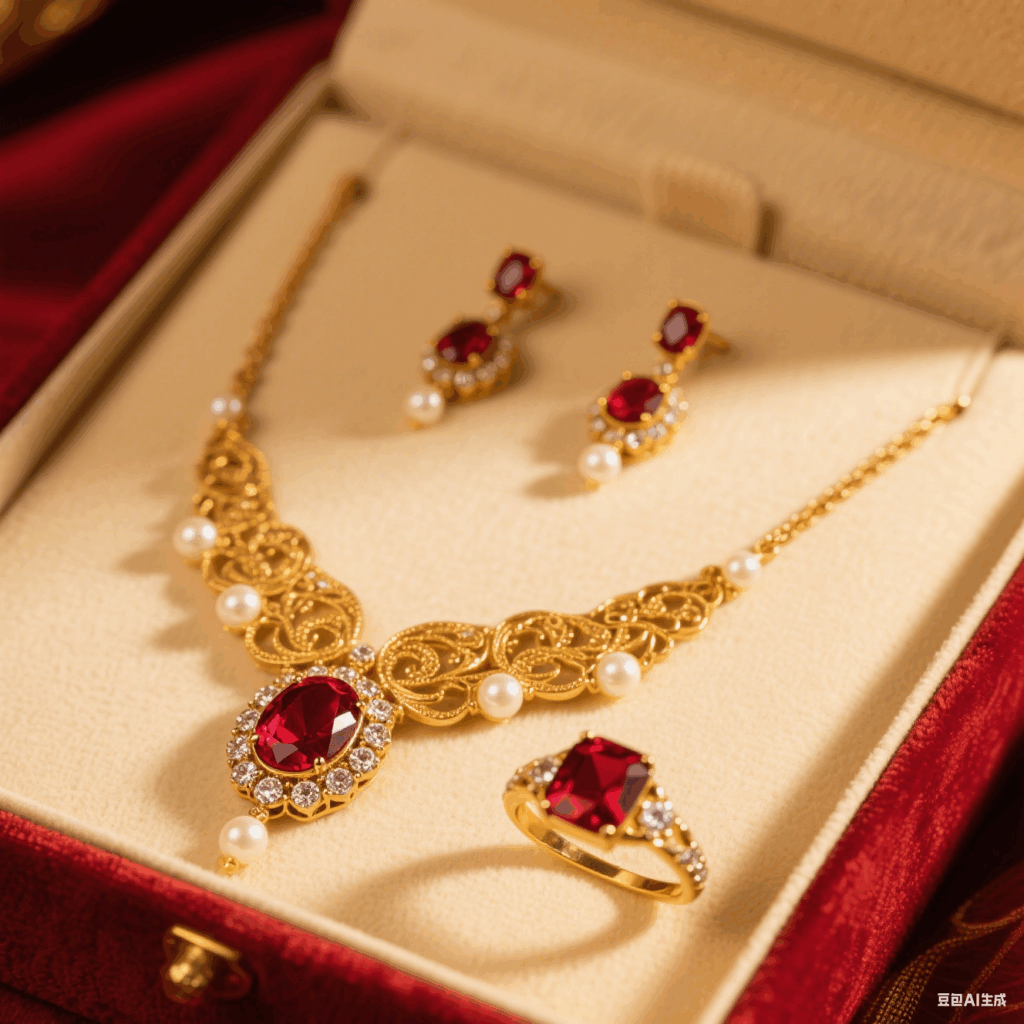
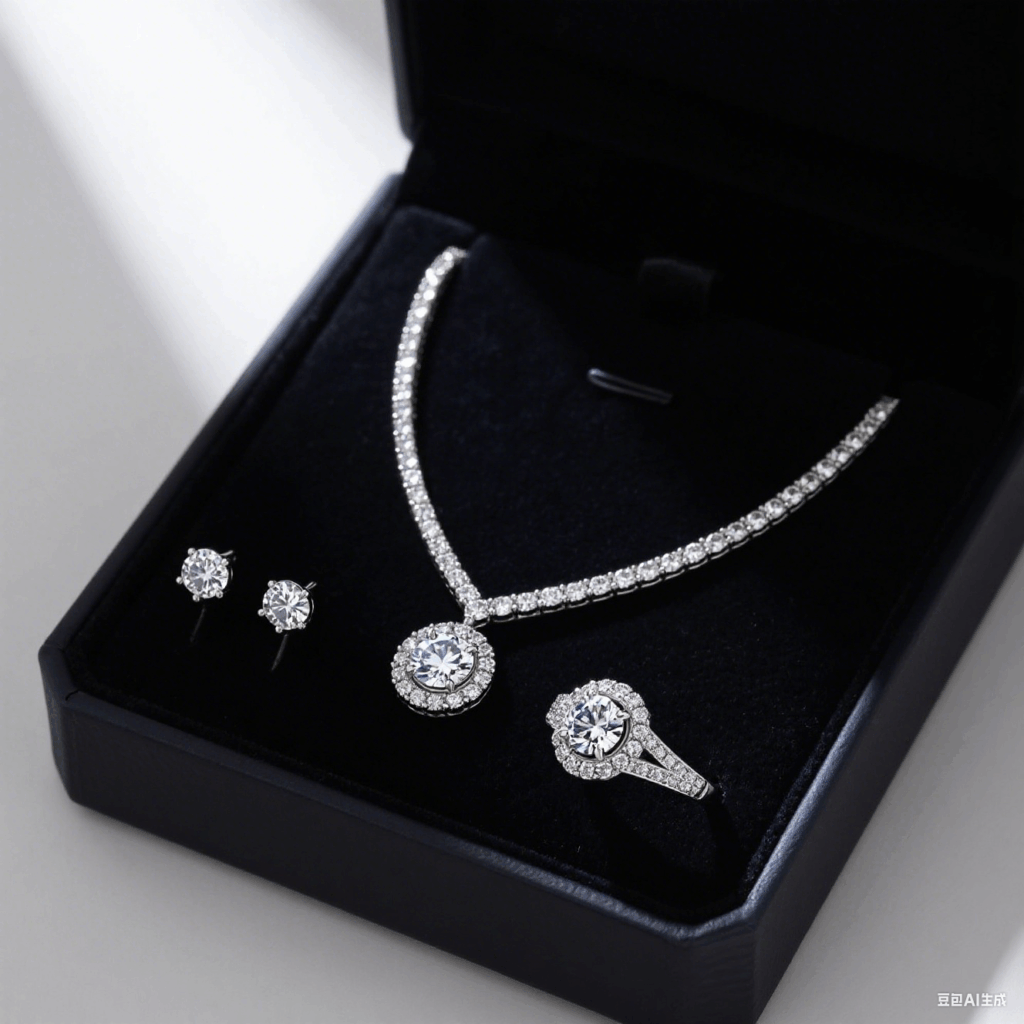
Decoding the Right HS Codes for Your Jewellery Sets
Jewellery sets aren’t a one-size-fits-all when it comes to HS codes. Depending on materials and valuation, they fall into several distinct categories:
Precious Metal-Centric Sets
- Silver-based: Whether it’s pure silver or silver-plated, these sets are slotted under 7113111000. This includes chain-like pieces often used in jewellery. The tariff rate? A hefty 43.8%, so it’s crucial to factor this into your pricing.
- Other Precious Metals: For sets crafted from gold, platinum, or other precious metals, 7113195090 is the code to use. With a 43.0% tariff, understanding this classification can save you from unexpected costs.
Gemstone and Pearl Sets
- Budget-Friendly: If each piece in your set is valued at $40 or less, use 7116200500, with a 33.3% tariff. This is a great option for mass-market jewellery lines.
- High-End Pieces: When individual items exceed $40 in value, 7116201500 applies, with a 44.0% tariff. Remember, the valuation of each piece matters, not just the set as a whole.
Animal Material Sets
- Coral and Cameos: Sets featuring worked coral or cameos made from materials like ivory or mother-of-pearl fall under 9601904000, with a 39.6% tariff.
- Other Animal Materials: For items crafted from bone, tortoiseshell, or similar materials, 9601908000 is the correct code, with a 41.2% tariff.
Mastering the Classification Process
Material Analysis is Key
The first step in choosing the right HS code is to identify the dominant material. A set that looks like it’s made of brass but is actually silver-plated should be classified under the precious metal category, not as a base metal product. And if your set combines multiple materials, always prioritize the precious metal or high-value component for classification.
Pay Attention to Valuation
For gemstone and pearl sets, don’t just consider the price of the whole set. Break down the value of each individual piece. For example, if a necklace in a set costs $50 while the earrings are $30, the entire set must be classified using the code for items valued over $40 per piece. Make sure your invoices clearly show these individual values to back up your classification.
Avoiding Costly Mistakes
Many traders make the error of misclassifying items based on appearance rather than material. Others overlook the specific rules for animal materials. For instance, unset coral components need to be classified separately from regular gemstone jewellery. Double-checking these details can prevent customs delays and penalties.
Smart Strategies for Tariff Management
- Material Substitutions: Given the high tariffs on precious metal sets, consider using alternative materials if your target market is price-sensitive. This can significantly cut down on costs.
- Pricing Tactics: If your gemstone pieces are just over the $40 threshold, see if you can adjust the pricing to stay below it. A small price tweak can lead to a big reduction in the tariff rate.
- Documentation: Always have proper certificates of origin and material composition reports on hand. These documents will validate your chosen HS code and ensure a smoother customs process.
Ready to dig deeper into HS code classification for jewellery sets? Get more detailed information and stay updated on the latest tariff data at https://www.fiowind.com/detail/jewellery-set/CN/US.
With the right knowledge and preparation, you can navigate HS code classification with ease and boost the efficiency of your international jewellery trade operations.
